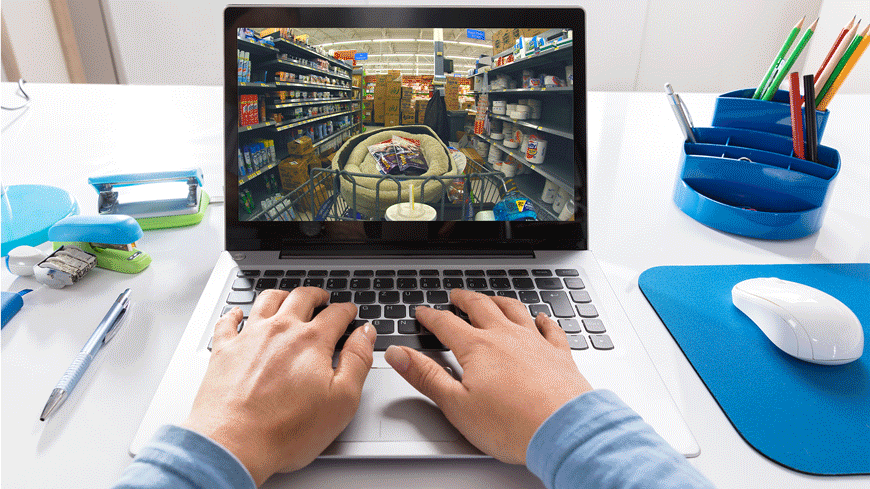Millennials are used to many different ways of being able to make choices. This is creating a constant change for anyone working in the food industry. Millennials come from a generation where they expect to find exactly what they want, when they want it, and how they want it. As a result, grocery stores must adapt if they want to keep Millennial customers happy—or risk losing them to a competitor.

“Online grocery shopping is going to become normalized with Millennials,” according to Jason Dorsey, President and Millennials Expert at The Center of Generational Kinetics. For example:
- Programs like Shipt, where other people are paid to do your shopping for you, are taking off around the country—proof it’s already happening.
- More and more grocery stores are offering delivery services now.
- Walmart has released a program that allows customers to shop from the convenience of their own home, while having groceries delivered to their door.
- Within a few decades, grocery shopping will be an obsolete errand for most Millennials.
“This trend is significantly Millennial-driven because Millennials, right now, are entering their peak grocery-shopping phase,” Dorsey continues. “They realized they don’t have to settle when it comes to groceries and food.” Some key points:
- Millennials are currently spending about 44% of their food dollars on eating out, and the rest in food-related stores.
- Companies must cater to the desires Millennials have for food, or they risk losing a lot of business.
- Millennials are accustomed to finding what they want when they want it.
- They are not doing all of their shopping in one location.
- Millennials are shopping selectively to find what they want, how they want it, when they want it. That’s the generation they live in and they will settle for nothing less, as Jason Dorsey mentions above.
Millennials are also used to living in a world where they have mobile apps on their phones that satisfy their need for instant gratification. Many of these apps include food related apps, such as:
- Ordering takeout ahead to be picked up at a specified time and location.
- Apps like Shipt that allow someone to order their groceries and specify a 1-hour window to have it delivered to their front door.
- Drive-thrus where food is delivered upon request, and sometimes ordered and prepared in advance through mobile apps.
- Apps that compare prices at grocery stores to tell shoppers where to save money.
- Digital coupons that only require an email or phone number to save money.
These new ways of grocery shopping are what Millennials want—and the food industry must adapt or risk losing business to new competition at exactly the time the food industry most needs Millennials as loyal customers.
At The Center for Generational Kinetics, we turn emerging Millennial and Gen Z trends into fuel for your organization’s growth.
Contact us today to see how we can help you unlock new sales across the generational divide with #Millennial and #GenZ consumers.
And don’t forget to click here to check out our new national Gen Z Study!
